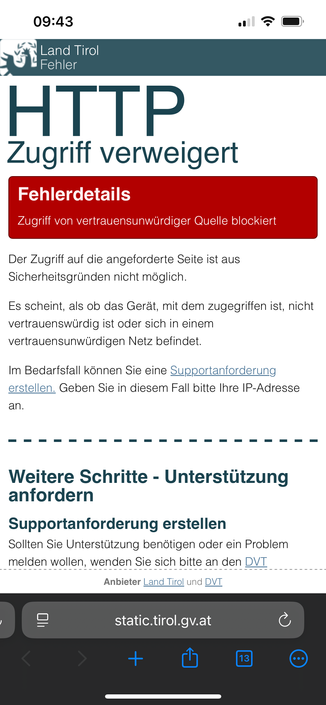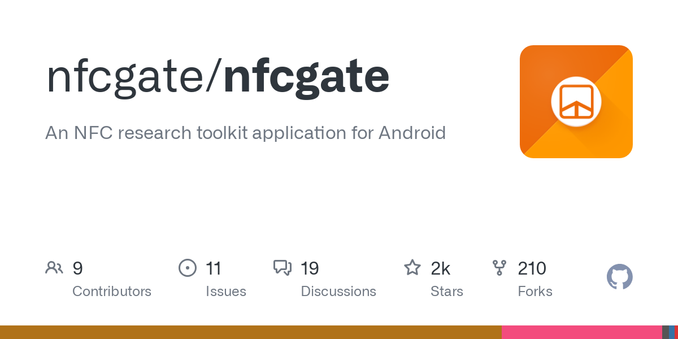Would you like to end the constant drumbeat of ill-informed legislative proposals that threaten to destroy end-to-end #encryption in #OpenSource #software? Are you from #Europe? Can you demonstrate your expertise? Then why not apply to join the European Commission's Expert Group for a Technology Roadmap on Encryption (E04005). Deadline is September 1st, don't be late.
Sr. Security Specialist at iteratec // @seemoo alumni // Member of CCC // Crypto means cryptography.
tfr.
| Blog | https://blog.maass.xyz |
| GitHub | https://github.com/malexmave |
| Pixelfed | https://pixel.infosec.exchange/@hacksilon |
| Pronouns | he/him |


